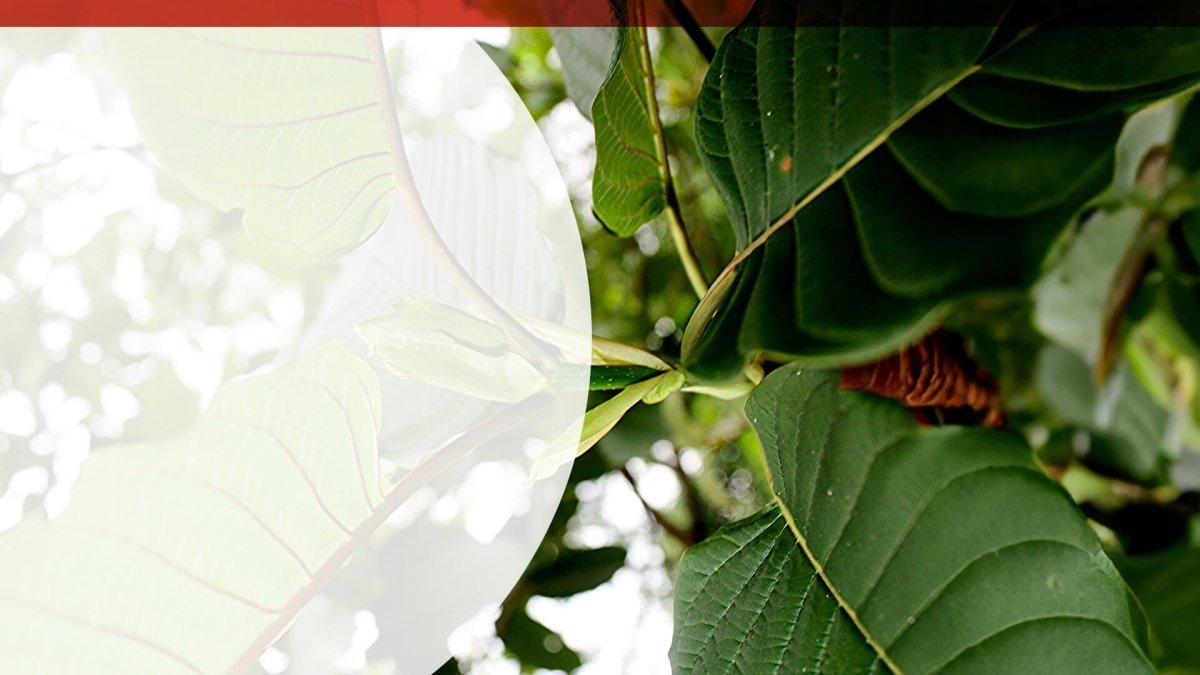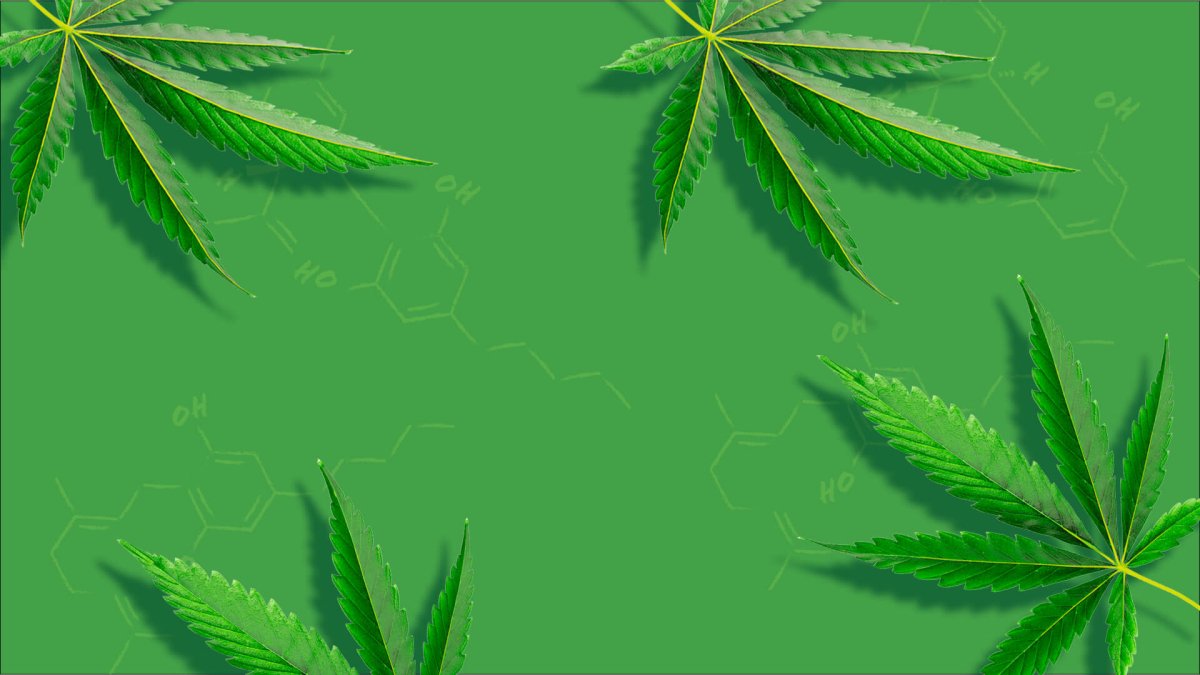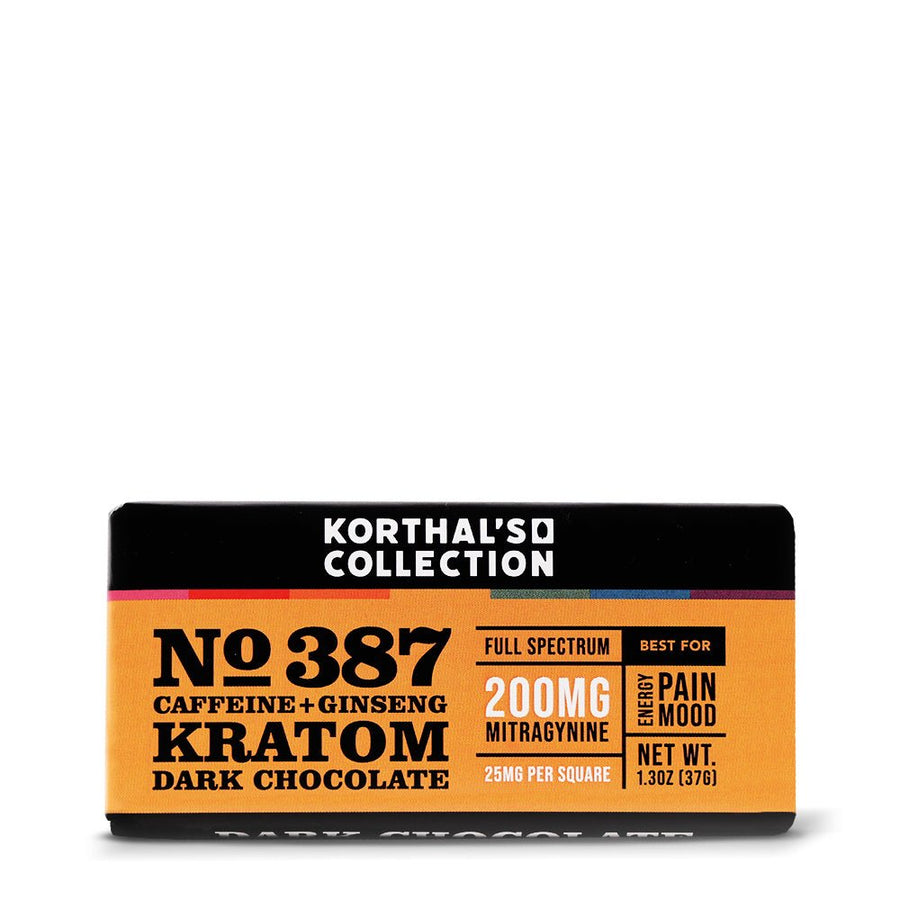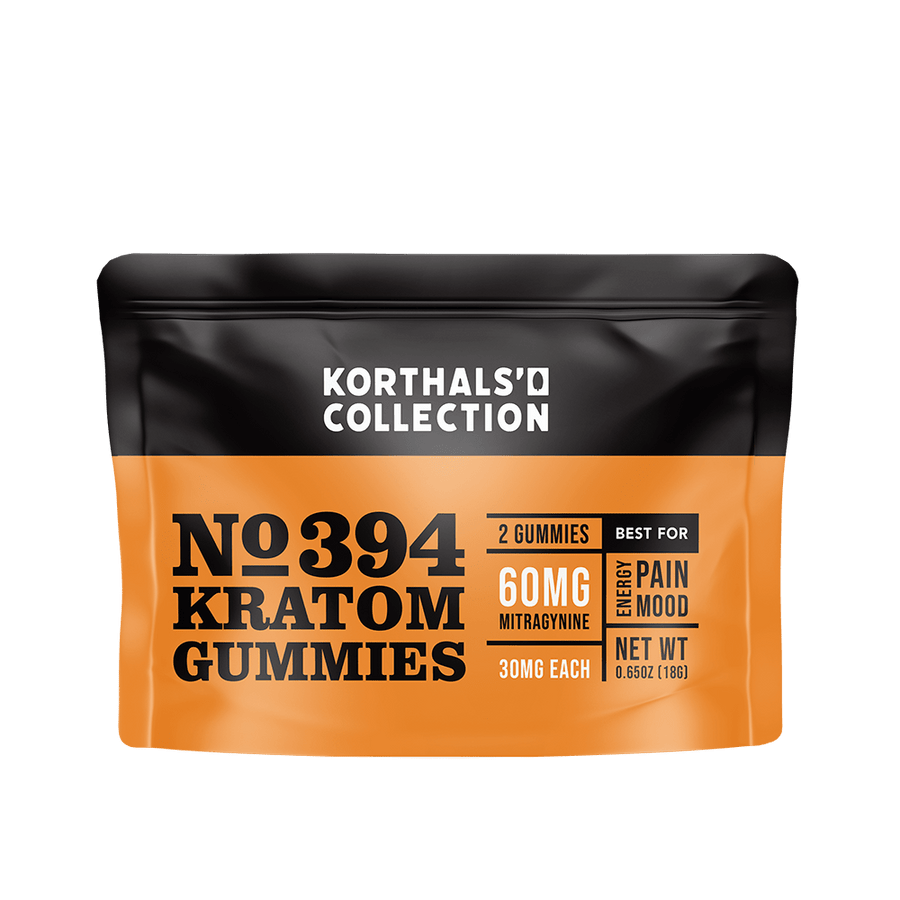The colors of cannabis flowers provide a visual feast for enthusiasts and connoisseurs alike. From captivating purples to vibrant greens, each color variation in cannabis buds tells a unique story. But what causes these unique pigments within the hemp plant?

What Causes Different Pigmentation in Buds?
The various colors in cannabis buds are primarily attributed to pigments called anthocyanins, and the presence of chlorophyll, the pigment responsible for photosynthesis in plants.
Temperature: Cooler temperatures during the flowering stage can trigger the production of anthocyanins, resulting in a spectrum of colors, while warmer temperatures can produce the various shades of green bud.
Chlorophyll and Photosynthesis: Chlorophyll is essential for the process of photosynthesis, where plants convert light energy into chemical energy. The amount of concentration of chlorophyll in cannabis leaves and buds gives them their characteristic colors.
Light Spectrum: The specific wavelengths of light that cannabis plants receive during their growth can influence the production of chlorophyll. Different light spectrums, such as blue and red, are crucial for optimal chlorophyll production and overall plant health.

How Does Color Affect Potency?
The color of cannabis buds does not directly correlate with potency. The potency of cannabis is primarily determined by the concentration of cannabinoids, such as THC (tetrahydrocannabinol) and CBD (cannabidiol), as well as other compounds present in the plant.
Cannabinoid Production: The production of cannabinoids is influenced by various factors, including genetics, growing conditions, and cultivation techniques. While color may be visually appealing, it does not necessarily indicate higher potency.
Trichome Development: Trichomes, the resinous glands on cannabis buds, contain the highest concentration of cannabinoids. The maturity and density of trichomes, rather than the color of the buds, are better indicators of potency.
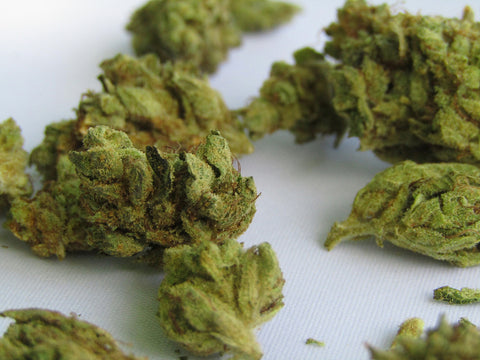
Common Colors
Purple: The presence of purple hues in cannabis buds is primarily attributed to the anthocyanins. These pigments are responsible for the red, purple, and blue colors found in various plants, including cannabis. During the flowering stage, cooler temperatures can produce anthocyanins, resulting in the purple hue. Additionally, certain cannabis strains have genetic traits that predispose them to produce higher levels of anthocyanins, leading to more pronounced purple hues. Exposure to ultraviolet (UV) light can also stimulate the production of anthocyanins, influencing the development of purple colors in cannabis buds.
Lime Green: Lime green is a common color in cannabis buds and is primarily influenced by the presence of chlorophyll. Chlorophyll is essential for the process of photosynthesis, where plants convert light energy into chemical energy. The high concentration of chlorophyll in cannabis leaves and buds gives them their characteristic color.
Dark Green: Dark green hues in cannabis buds are often associated with healthy plant growth and optimal chlorophyll production. Adequate nutrient availability, particularly nitrogen, plays a significant role in the development of dark green colors in cannabis buds. Nitrogen is an essential element for chlorophyll synthesis and overall plant vigor. Providing optimal growing conditions, including proper lighting, temperature, humidity, and nutrient balance, can contribute to the development of dark green colors in cannabis buds.
Red Hairs: The presence of red hairs, also known as pistils, on cannabis buds is a natural part of the plant's reproductive process. The red hairs on cannabis buds are the female reproductive organs of the plant. They play a crucial role in capturing pollen from male plants for fertilization and subsequent seed production. The color of the pistils can change over time, transitioning from white to red or orange. The red color indicates that the buds are reaching maturity and are approaching the optimal harvest time.
Other Colors: Cannabis buds can also exhibit other colors, such as orange, blue, or even black. These colors may be influenced by factors like nutrient deficiencies, or environmental factors.

Make Your Day Colorful with CBD Kratom
Understanding the factors that influence color can enhance our appreciation for the diverse and visually captivating world of cannabis. Whether it's the deep purples or vibrant greens, each color adds its own unique touch to the cannabis experience, making it a truly remarkable plant. Find your flower and add a little color to your day at CBD Kratom. Visit us at one of our 60+ locations across the country and speak to a Doyen about all of our flower options.


